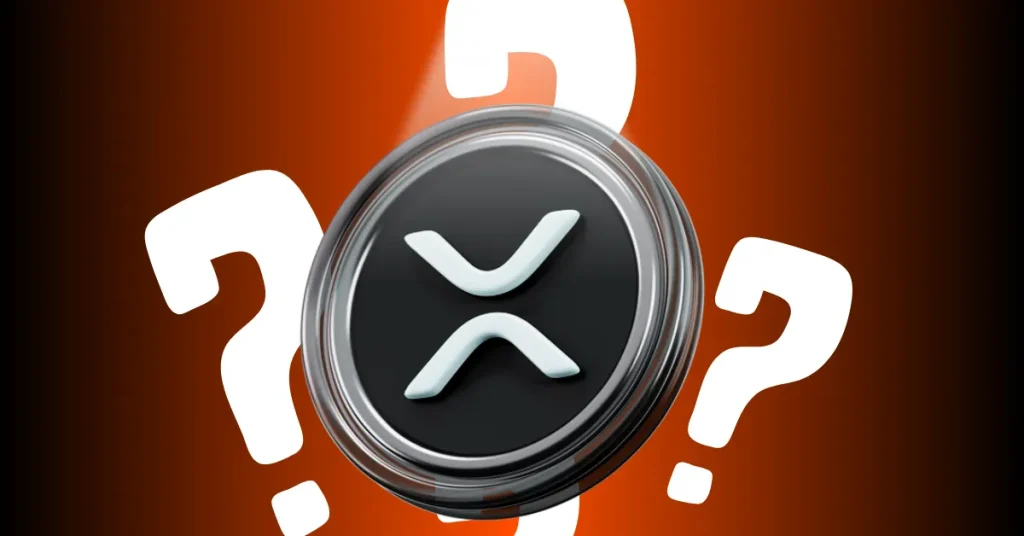
The post XRP Price Prediction For June 30 appeared first on Coinpedia Fintech News
XRP’s price action has been volatile over the past week, and right now, it’s testing a resistance level around the $2.19 to $2.20 mark. This level has proven difficult for XRP to break in recent days, with the token getting rejected each time it approaches this zone.
A confirmed move above $2.20, with prices holding steadily, could open the door for a rally toward the next target around $2.25. The next resistance area sits between $2.30 and $2.35.
Support Zones to Watch
On the downside, XRP has strong support levels between $2.10 and $2.07. If prices drop, these levels are expected to attract buying interest and potentially stabilize the market. As of now, XRP seems to be trading sideways within this range, showing no clear breakout in either direction.
A Market Moving with Bitcoin
XRP’s next big move could depend heavily on what Bitcoin does next. If Bitcoin struggles to break through its own resistance levels, altcoins like XRP could follow a similar path, staying range-bound for a little longer. On the other hand, if Bitcoin makes a strong breakout, it might give XRP the momentum it needs to move higher.
Long-Term Outlook Still Positive
Looking at the bigger picture, XRP has been holding firm within a wider price channel for several months. While the short-term trend appears neutral, the long-term setup remains bullish as long as prices stay above key support levels.
On the bullish side, XRP now has over 7.1 million wallets.. The price may be taking a short break, but another big move could be coming soon. At the time of writing, XRP is trading at $2.19. A successful push above $2.20 could be the first step in a fresh rally.






 5.46%
5.46%